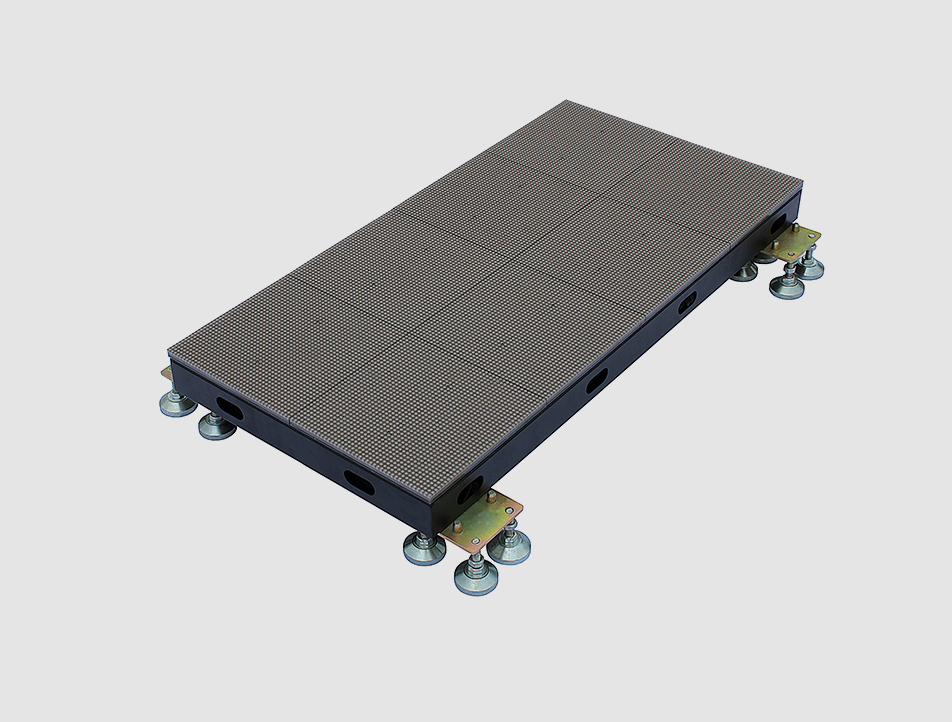Views: 15 Author: Site Editor Publish Time: 2022-04-22 Origin: Site








Since 1998, efforts have been made to organize and establish LED display industry standards in the LED display industry, so as to correctly guide users to understand the performance indicators of LED display and standardize the LED display market. The following explains the four main indicators of LED display screen.
1. Maximum brightness
There are no clear characteristic requirements for the important performance of "maximum brightness". Because the use environment of LED display screen varies greatly, and the illuminance (that is, the ambient brightness generally referred to as) is different, for most complex products, as long as the corresponding test method is specified in the standard, the supplier shall provide a performance data (product information) table, which is better than the specific performance requirements given in the standard.
These are in line with international standards, but this also leads to unrealistic comparison in bidding, and users do not understand it. As a result, the "maximum brightness" required in many bidding documents is often much higher than the actual needs. Therefore, it is suggested that in order to guide users to correctly understand the performance index of "maximum brightness" of LED display screen, it is necessary for the industry to give a guidance: in some occasions, under the use environment of different illuminance, the brightness of LED display screen can meet the requirements.

2. Principal wavelength error of primary color
Changing the primary color main wavelength error index from "primary color wavelength error" to "primary color main wavelength error" can better explain what characteristics this index reflects on the LED display screen. The dominant wavelength of color is equivalent to the hue of color observed by human eyes. It is a psychological quantity and an attribute of color differentiation.
The performance requirements specified in this industry standard, literally, users can not understand that it is an indicator reflecting the color uniformity of LED display screen. Therefore, is it to guide users to understand the term first and then understand the indicator? Or first understand the LED display screen from the perspective of customers, and then give the simple and understandable performance characteristics that users can understand?
One of the principles of product standard formulation is "performance principle": "whenever possible, requirements should be expressed by performance characteristics rather than design and description characteristics. This method leaves the greatest room for technological development" "Primary color dominant wavelength error" is such a design requirement.
If it is replaced by "color uniformity", there will be no led with limited wavelength For users, as long as you ensure that the color of LED display screen is uniform, without considering what technical means you use to realize it, and leave as much room for technological development as possible, which is greatly beneficial to the development of the industry.

3. Duty cycle
As the above-mentioned "performance principle" says, "whenever possible, requirements should be expressed by performance characteristics rather than design and description characteristics. This method leaves the greatest room for technological development" We believe that "duty cycle" is purely a requirement of design technology and should not be used as a performance index of LED display product standard; We all know that any user will care about the driving duty cycle of the display screen.
They care about the effect of the display screen, not our technical implementation; Why should we create such technical barriers to restrict the technological development of the industry?
4. refresh frequency
From the perspective of measurement methods, it seems to ignore the real concerns of users, and it does not take into account the different driving IC, driving circuit and methods used by various manufacturers, resulting in the difficulty of testing. For example, the full-color screen bidding of Shenzhen stadium has brought many problems in the sample test of experts.
"Refresh rate" is the reciprocal of the time required for a frame of screen display. Take the display screen as a luminous light source, that is, the flashing frequency of the light source. We can directly test the flicker frequency of the light source of the display screen with an instrument similar to the "light sensing frequency meter" to reflect this index. We have done this test.
We use an oscilloscope to measure the LED driving current waveform of any color to determine the "refresh frequency", and measure 200Hz in the white field; Under the low gray level such as level 3 gray level, the measured frequency is as high as more than ten kHz, which is measured by PR-650 spectrometer; The flicker frequency of the measured light source is 200 Hz in both the white field and the gray levels of 200, 100 and 50

The above points are just a brief description of the characteristics of several LED display screens. There are many "working life", "mean time between failures" and so on encountered in bidding. No test method can confirm whether the LED display screen meets the requirements of stability, reliability or service life in a short time; These requirements should not be specified.
The producer can make a guarantee, but it cannot replace the requirement. It is a business concept, a contract concept, not a technical concept. The industry should have a clear statement about this, which will be very beneficial to users, producers and the whole industry.